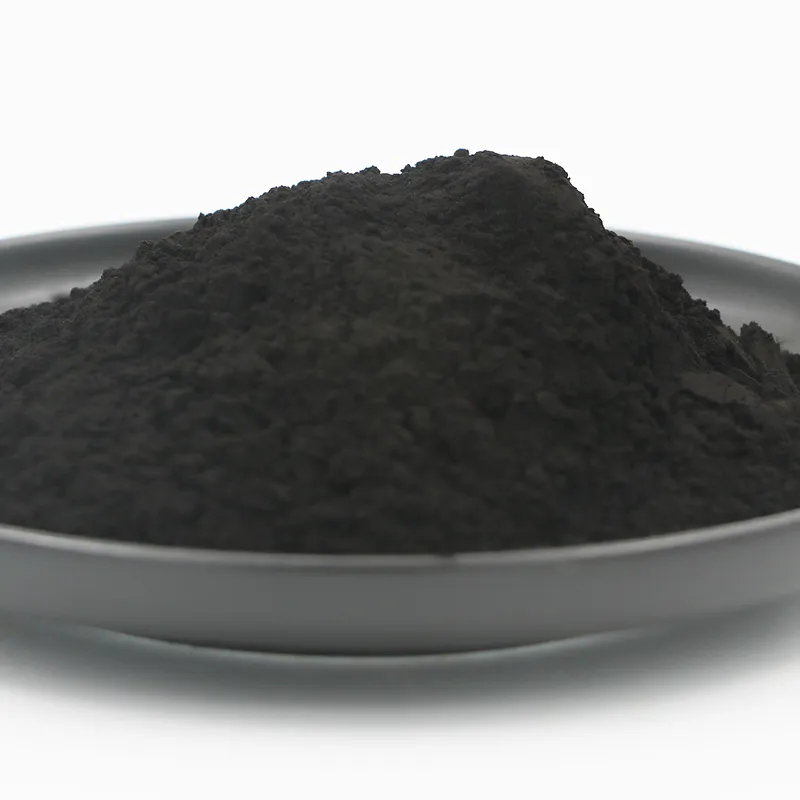what is bitumen roof + purchase price of bitumen roof
Bituminous roofing materials have endured the test of time and have a track record of success in low-slope roofing
Bituminous roofing systems are renowned for their resilience, dependability, and exceptional water resistance
Built-up roofing (BUR) Built-up roofing (BUR) and polymer-modified, multi-ply bitumen are the two most common bituminous roof system types
The two most prevalent polymer-modified bitumen membranes on the market are SBS and APP
BUR systems consist of alternate layers of oxidized bitumen and bitumen-coated membranes, often known as felts or ply sheets
Typically, ply sheets are fortified with high tensile strength, dimensionally stable fiberglass mats
BUR systems are coated with aggregate or a roof coating to strengthen their resistance to the elements, and the robust, multi-ply design provides decades of reliable waterproofing
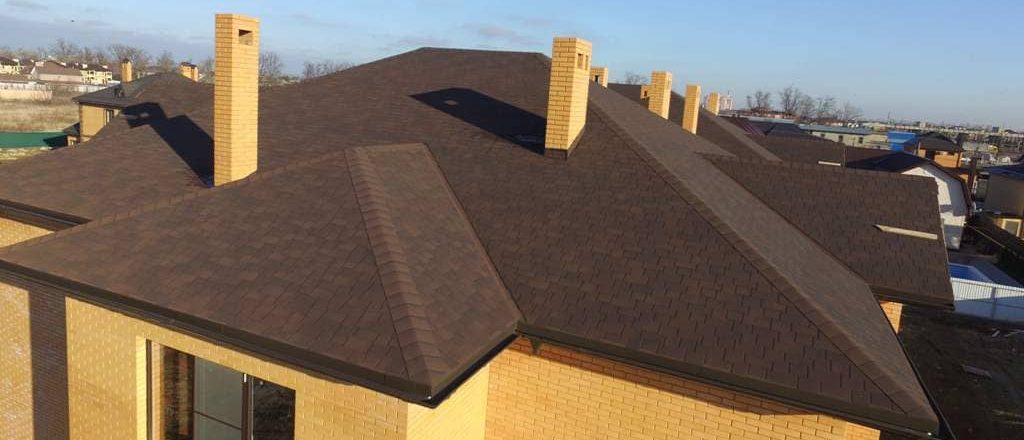
Modified Bitumen Systems (Modbit) Modbit systems include foundation sheets and a cap sheet, and they share the same primary waterproofing advantages as a BUR system
Modbit systems are highly flexible
SBS membrane SBS membranes are comprised of bitumen treated with elastic Styrene-Butadiene-Styrene (SBS) polymers to create a “rubberized” asphalt layer
The coating is applied on a reinforcing carrier made of fiberglass for high tensile strength and stability, polyester for better elongation and tear strength, or a mix of the two materials
Self-adhering SBS membranes are possible, however, they are typically put using sweeping asphalt or cold adhesive
APP membranes APP membranes are composed of bitumen that has been changed with polymeric Atactic Polypropylene (APP) polymers, leading to a covering with the widest temperature range as well as enhanced durability and tensile strength
Due to the malleability of the polymeric bitumen, APP membranes are often applied with a torch
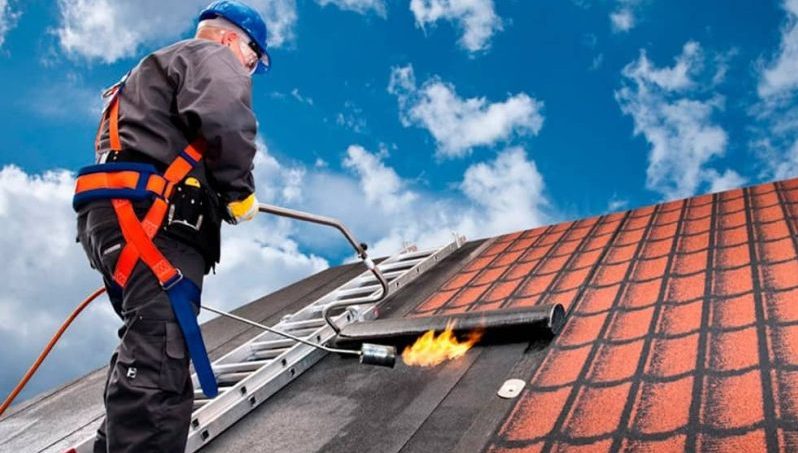
modified bitumen roofing installation
The installation process of modified bitumen roofing is as follows:
Ensure that your flat roof is free of all debris
Cover your deck, old roof, or insulation with strong roofing felt
Using cap nails, secure the felt in rows along the top and bottom of the sheets, as well as in the center
Install drip edge flashing and prime it so that it will adhere to the roofing material
Leave a few inches of overhang on one side of the roof while rolling out a roofing sheet
Allow a few inches of overhang on the roof once again by chopping it
Ensure the roof is precisely flat and the flashing has a half-inch overhang
Then, roll the roof up halfway again with care
Wearing strong gloves and long sleeves, ignite the propane torch
When bubbles develop, roll the roofing material forward with your foot to complete the installation
Repeat with the subsequent sheet, aligning it so that it overlaps the first sheet by a few inches
To establish a firm seal, press the seam between the two sheets with your foot and gloved hand
Along the seam, molten asphalt should seep out
Continue for the remainder of the roof
Peel-and-stick roofing is more suitable for the DYI project because there is no risk of fire and no fumes to deal with
Commence the operation following step 5
Remove the adhesive film and reattach the roofing with care
Before bonding the material permanently to your flat roof, smooth it out
Continue this technique over the whole length of your roof, leaving a minimum overlap of six inches
Roll the entire roof surface using a weighted roller, taking particular attention to the overlap
Seal the edges of the modified bitumen roofing using roofing cement and roll the sheets tightly to seal the layers together
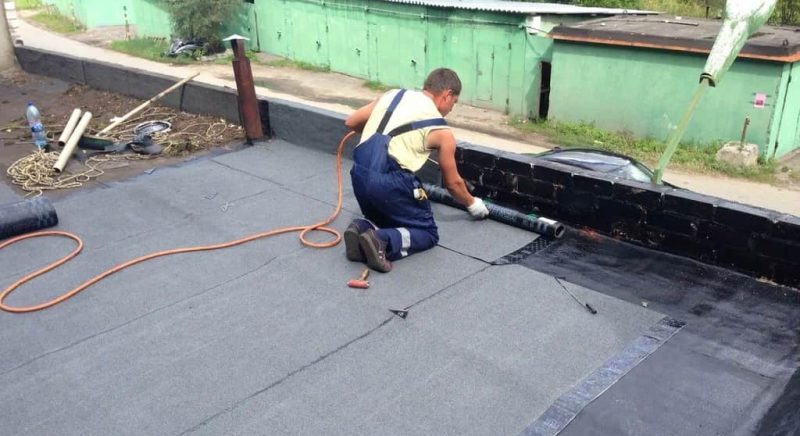
modified bitumen roof system
Modified bitumen is known by several different names, including polymer-modified bitumen and rubberized asphalt
This material is commonly referred to as “mod bit” in the roofing industry
Modified bitumen is “modified” during the manufacturing process when a polymer (a synthetic rubber or plastic) is combined with the asphalt
This is how modified bitumen gets its name
Although the term “bitumen” can technically refer to either asphalt or coal tar pitch, “bitumen” means “roofing asphalt” in Europe, where modified bitumen was first developed and adopted
The production of mod bits does not require the use of coal tar pitch
Asphalt is used to make modified bitumen roofing material
It is compatible with other asphalt-based roofing products such as asphalt roofing cement, mastic, asphalt cutback, asphalt coatings, and so on
Because there is such a wide variety of user-friendly asphalt roofing products, this material has an advantage over many other types of roofing in terms of how easily it can be maintained and repaired
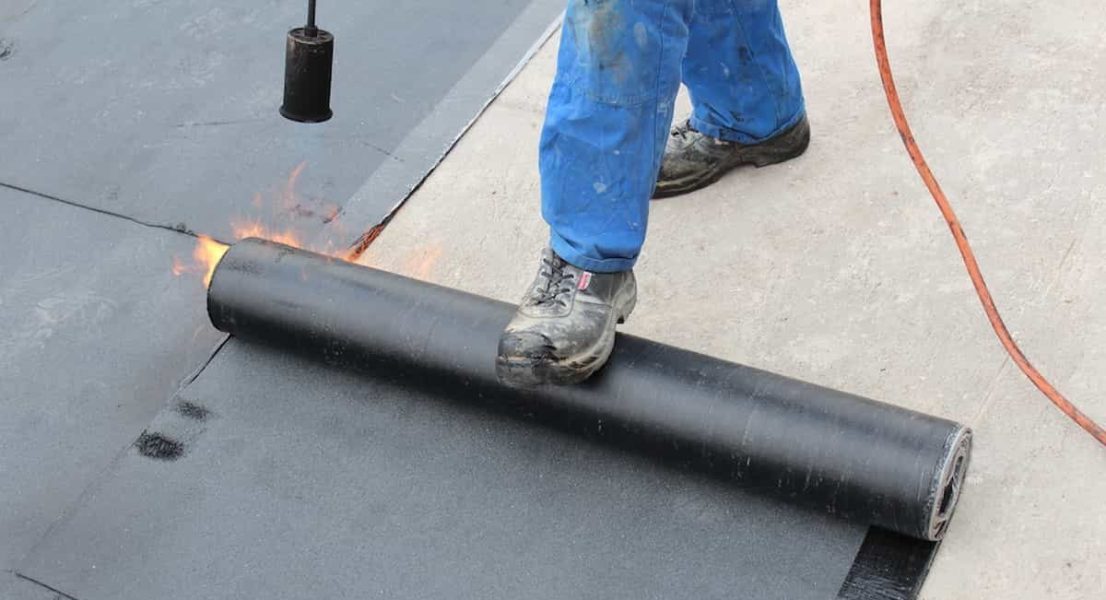
Mod bit is made by combining raw asphalt with polymeric additives like synthetic rubber or plastic, which improve the asphalt’s resistance to wear and tear as well as its strength and pliability
The amount of polymer additive included in the finished product can range from 3% to 15%, depending on the manufacturer and the type of product made
Modified bit maintains a more consistent level of strength and flexibility across a wider temperature range than unmodified asphalt, which is typically used for built-up roofs
During the manufacturing process, sheets of modified bitumen roofing are produced
Layers of modified asphalt are placed on top of a reinforcement fabric in these sheets
The reinforcement part is made from either fiberglass or polyester, or a combination of the two
The finished mod bit sheets are typically sold in rolls and have a width of about 39 inches (one meter)
The length of the rolls is typically between 10 and 25 meters, or 25 and 33 feet

modified bitumen vs roll roofing
Customers can now select from a wide range of roofing materials and styles
However, there are some types of roofing that are superior to others
Roll roofing and modified bitumen are two of the most common and widely used types of roofing material on the market today
These two roofing styles are very different from one another, but either one would be an excellent choice for your home’s roofing
When it comes to endurance and durability, modified bitumen roofing materials outperform asphalt roll roofing materials
The fact that modified bitumen is long-lasting and can last between 20 and 30 years is the most significant advantage it provides
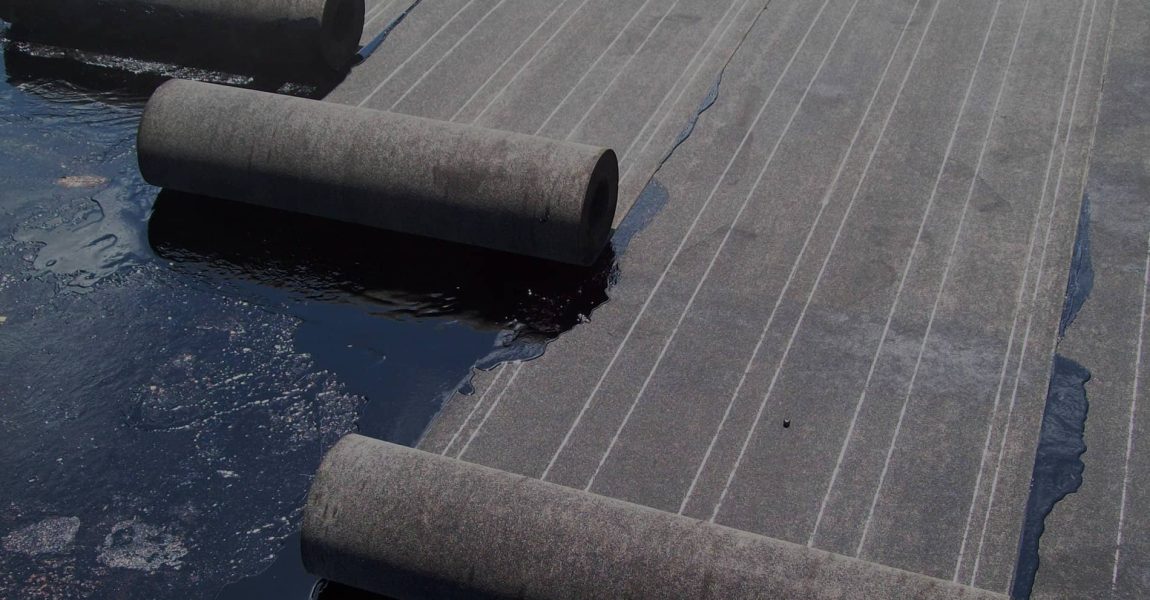
However, one disadvantage is that it is more difficult to install and repair, which results in higher labor costs
As a result, some roofing contractors avoid using products containing modified bitumen
Both roll roofing and modified bitumen are viable options for your roof, and each has advantages
Despite the fact that rolled roofing and modified bitumen are similar in many ways, there are some distinctions between the two types of roofing
If you want to save money, do your own roof installation, or finish your roofing project quickly and easily, rolled roofing is the way to go
However, if you want a long-lasting roof that is resistant to severe weather, you should avoid rolled roofing because it lacks the necessary characteristics
Modified bitumen roofing is a good choice if you want a long-lasting roof that is resistant to damage from severe weather
This material is extremely durable
However, if you want to save money, install your roof yourself, or finish your roofing project quickly and easily, you should not choose modified bitumen roofing
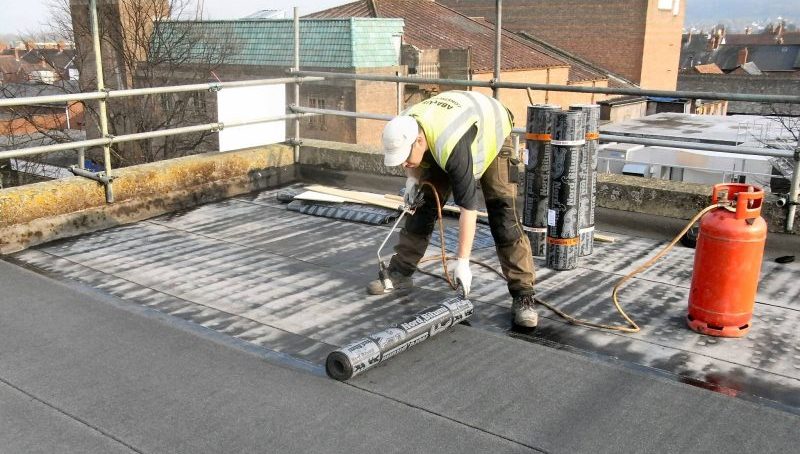
3 ply modified bitumen roof
Built-up roofing membranes are a popular choice for roof repairs and new construction
A 3-Ply Hybrid BUR membrane is distinguished from other membrane options by its combination of a 1-ply base sheet and two plies of glass felt, which improves membrane performance while reducing the weight of the roofing system
Although this membrane is not a one-size-fits-all solution, a 3-ply roofing system may be an excellent choice for building owners looking for a quick installation period
Here are some of the benefits of 3-ply roofing: There is no flame: A three-ply hybrid system can be installed at any temperature
This means that installations with no or low flame are possible
This is extremely useful when the fire is a concern for the building or structure in question
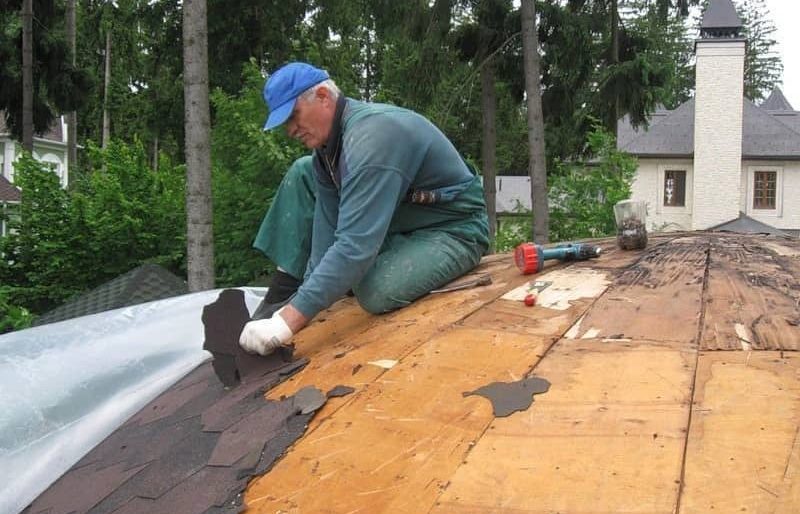
Low Odor Asphalt: When installing a three-ply hybrid BUR membrane, low-odor asphalt is an option
Low-odor asphalt is frequently used in buildings where odor is an issue, or when repairs or replacements are being performed while the facility is still operational
When time is of the essence, 3-ply systems can be installed quickly due to the combination of one SBS base sheet and two plies of glass felt
It is possible to install a waterproof single-ply base sheet
Due to changing weather patterns and other factors, the two layers of glass felt may be added later if necessary
Class A Fire Rating: The use of aggregate cover results in an assembly with a Class A fire rating, which exceeds the building code’s Class C fire rating requirements
If your facility is at risk of fire, this could lower your insurance rates and give you peace of mind
Make sure to keep in touch with our professional sales executive for more information
You can fill out the inquiry form for any further help



